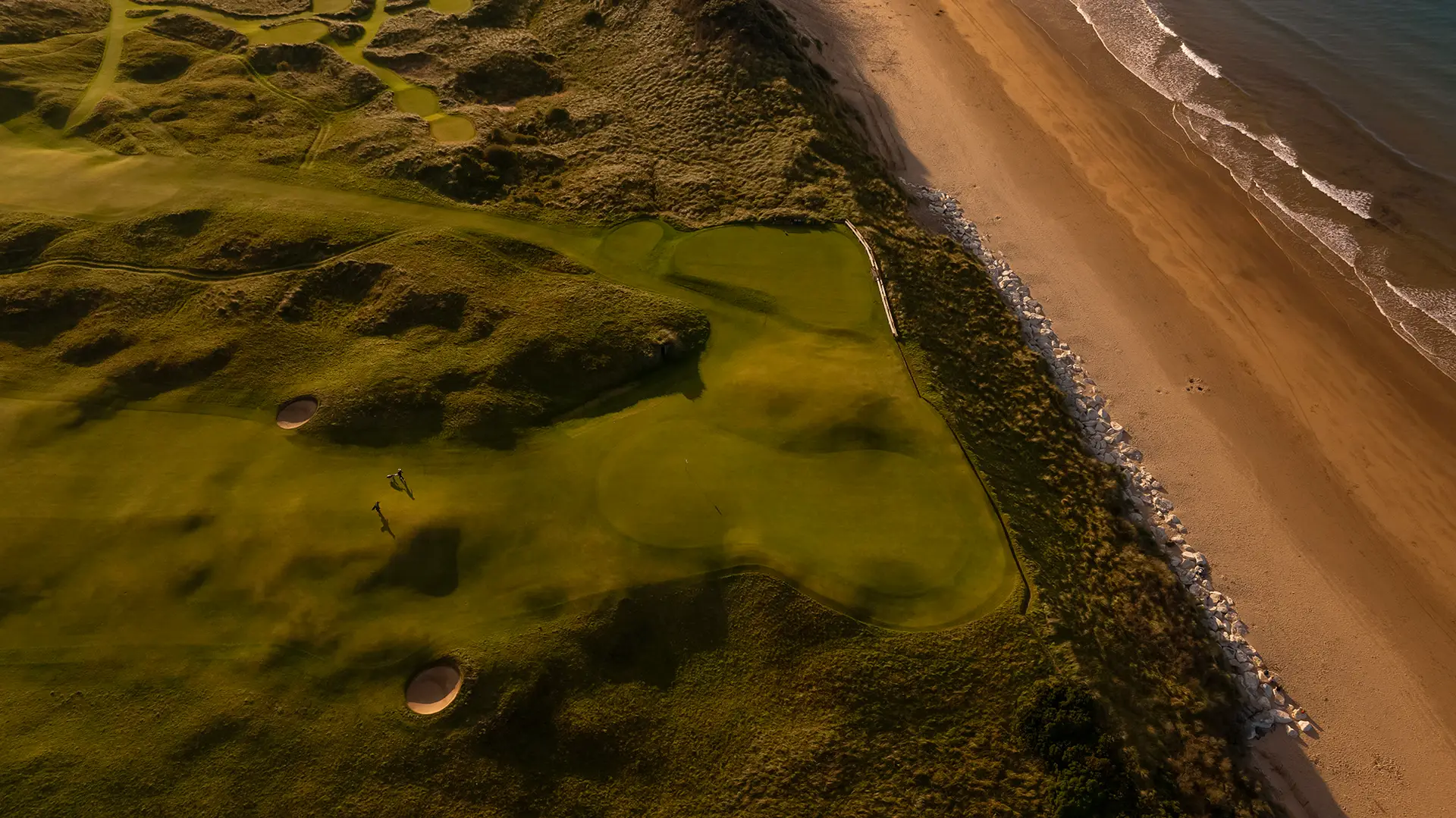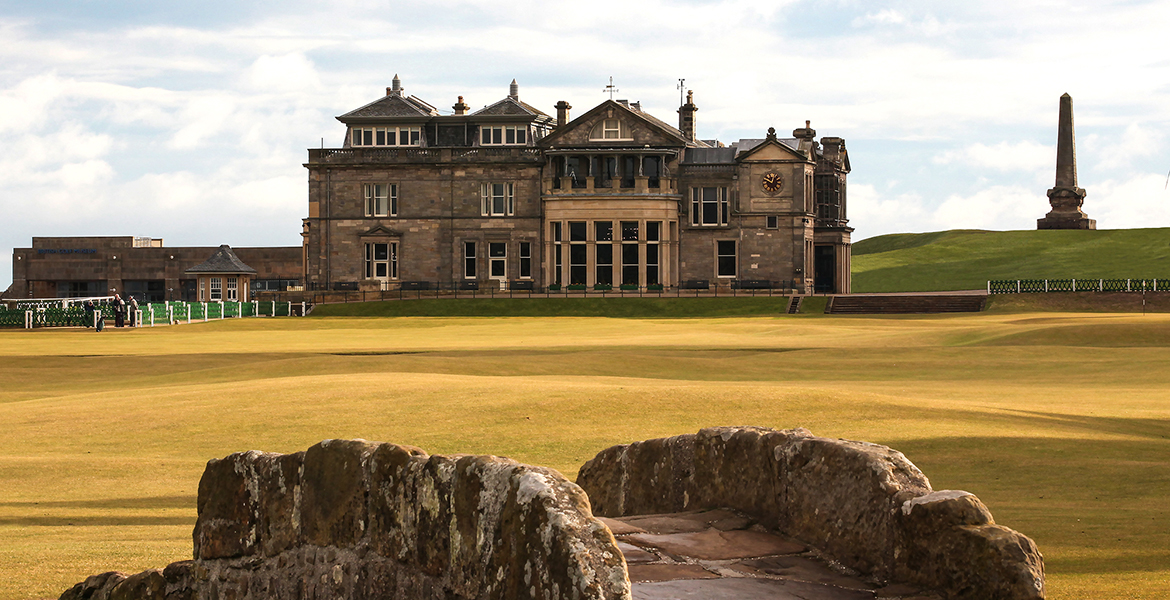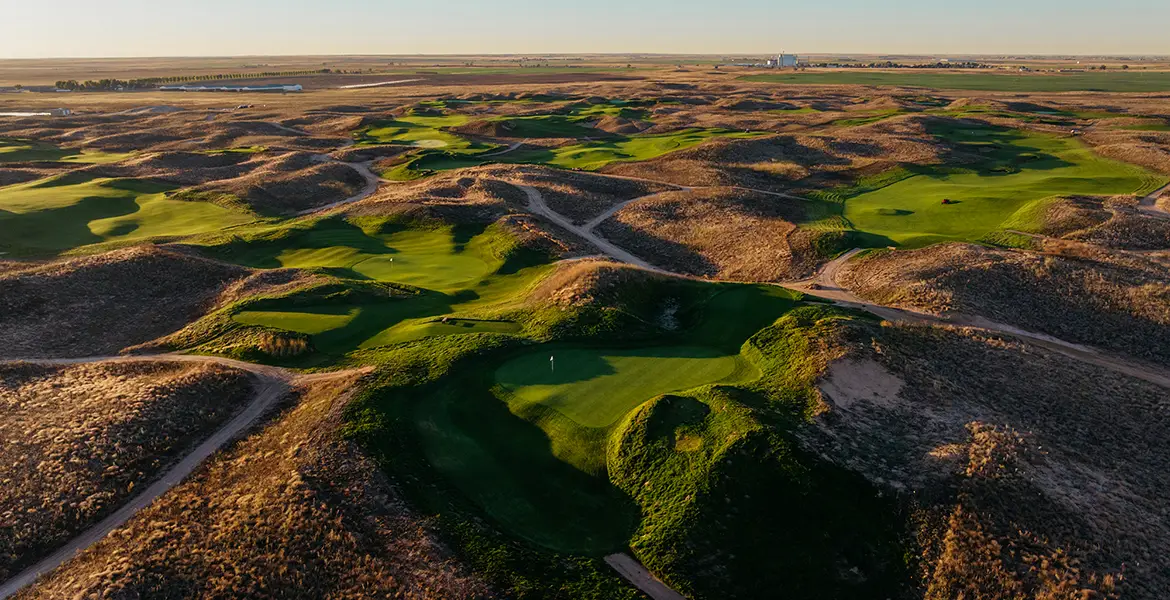There were times at the 2025 U.S. Open when you got the feeling anywhere on the course that wasn’t the tee, fairway, apron, or green was a disaster waiting to happen—a hot lava field; tigers at the Colosseum without the restraints; or shark-infested waters. You lost a life anytime the ball strayed. A “Where Not to Go” piece on Oakmont was a little redundant. Just don’t go anywhere but the cut-and-prepared short grass (acknowledging the rough was also cut and prepared) was really all you needed to know. Hey, it was the U.S. Open… at Oakmont. They knew it was coming and we knew it was coming. So, there were no surprises.
The R&A has never guarded par as closely as the USGA (winners of the Open Championship this century have completed the 72 holes in an average of 10.92 under par while those hoisting the U.S. Open trophy have been 4.65 under par), relying on the wind to create the main challenge. On the odd occasion when a wet spring, narrow fairways, a little wind, and an always tough course conspire to send the cutline and winning score shooting upwards, as they did at Carnoustie in 1999, you get an outlier (Paul Lawrie won in a playoff after finishing on 290, +6).

It’s not been a wet spring in Northern Ireland. In fact, recorded rainfall was down about 25 percent compared with typical years, and sunshine hours were up about 40 percent. It’s not quite the drought Carnoustie saw in 2018 when the fairways were bone dry and russet brown so, unless the weather changes drastically or the R&A has had the sprinklers on, Royal Portrush will play nice and firm and the rough will be mostly manageable. If the weather holds, Shane Lowry’s 2019 winning score of 269, -15, could be under threat.
Easy? By no means. Royal Portrush is never easy whatever the conditions. And there will be some specific spots players must avoid. We asked the club’s Head Professional (Gary McNeill), the Course Manager (Graeme Beatt), and the architect who designed two new holes (7th and 8th) prior to the 2019 Open Championship and made minor changes for this year (Martin Ebert), for the most troublesome spots on the course—places from where bogey or worse are likelier than not.
Gary McNeill, Head Professional at Royal Portrush
The bunker short and left of the first green is very dangerous. Players shouldn’t really end up there, but if they go left off the tee like Shane Lowry did in the final round in 2019, it’s definitely in play. It’s a 35- to 40-yard bunker shot with the green well above you. Lowry did well to make a 5. It could have been so much worse.
The fairway bunker on the right at the par-five 7th. The hole plays uphill slightly and it’s 295–300 yards to carry it. It’s a tribute to the Big Nellie bunker that was on the right side of the old 17th hole, taken out before 2019. It’s huge and you’ve no chance of making the green in two from there. Anyone who finds it might still make a par, but that will feel like dropping a shot to the field.

Tee shot left at the 9th. This hole is being renamed after Darren Clarke, a club member and Open Champion in 2011. Tiger got stuck in there in 2019. The rough is very dense on the left and the ground is up and down. Being in the rough is bad enough, but if you’re on a tricky slope it’s just a nightmare shot.
Bunker left of the 14th green. It’s 15 feet below the level of the putting surface which is pretty narrow. So it’s a daunting shout, and there’s a good chance you’ll fall off the other side.
I can’t not mention the chasm short and right of the green at Calamity Corner, the 236-yard 16th. It’s 30–35 feet deep and the rough can get pretty thick down there. It’s just an awful place to be.
Graeme Beatt, Course Manager at Royal Portrush
Like Gary says, the front left bunker at the first is somewhere no one wants to be, as everything slopes into it if you come up a little short of the green. You must get enough distance on the shot to clear the slope, or the ball will slowly but eventually make its way back to your feet.
Long and left over the 6th green. Again, the rough can be thick there and cause all sorts of problems. You have to get the ball up, but then the green slopes aways from you. Often people can be playing their third shot from the approach in front of the putting surface.

Hitting it left off the tee at the 11th can be very penal. It’s a tight driving hole, the hardest on the course, particularly if it’s playing into the wind. It’s a difficult enough recovery when the hole plays as a par five for the members. But’s it’s a par four at the Open and anywhere other than the fairway is going to leave a very tough second.
Gary’s right, again—the bunker left of the 14th green is an awful miss. This was the least hit green in regulation in 2019, but the best place to miss is short. From the deep bunker with the pin on the back of the green there really isn’t much room to stop the ball before it rolls off the other side.
And yes, we can’t forget Calamity. Missing the green right is very easily done, but the recovery shot can be from 30–35 feet below the green—one of the hardest shots on the course.
Martin Ebert, Golf Course Architect (Lead of Redesign at Royal Portrush)
A long way left of the first hole, as Rory discovered in 2019. It’s OB as the club didn’t own the land originally. The same OB line exists to the right of the hole, potentially making it a very dangerous opener.
And, like Gary and Graeme say, the desperately deep bunker to the left on the approach at the first will probably not see many victims but, if the approach shot is a fraction short, the ball could very well run all the way back into it. It’s not beyond the realms of possibility players could putt off the green and into it if the pin is front left. The recovery shot out of that bunker is terrifying.
Not wishing to focus too much on Out of Bounds, but over the back of the green at the 5th is OB. It’s a great par four and drivable in certain conditions, but there’s a threat of running over the back.

The left side of the 8th hole is a nasty place and anyone who goes directly at the pin from the tee and pulls their tee shot slightly will end up in some terrible stuff. They could lose a ball, in fact. The benefits of taking on that line and hitting a good tee shot, though, are huge as you’ll leave less than 100 yards to the green.
As for Calamity Corner, there’s a good reason Bobby Locke famously aimed for the hollow to the left of the green in 1951. That hollow is actually named after him now. His chief objective was to avoid ending up in the chasm, obviously. It’s amazing to think how tough the hole must have played immediately after Harry Colt designed it. I mean, it’s hard enough now.




